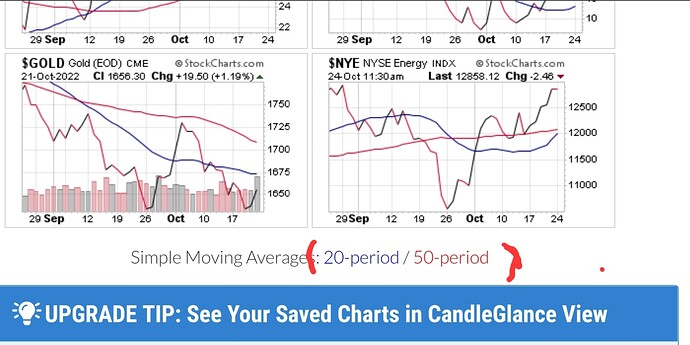" What Is a Death Cross?
The “death cross” is a market chart pattern reflecting recent price weakness. It refers to the drop of a short-term moving average—meaning the average of recent closing prices for a stock, stock index, commodity or cryptocurrency over a set period of time—below a longer-term moving average. The most closely watched stock-market moving averages are the 50-day and the 200-day.
Despite its ominous name, the death cross is not a market milestone worth dreading. Market history suggests it tends to precede a near-term rebound with above-average returns… Intuitively, the death cross has tended to provide a more useful bearish market timing signal when occurring after market losses of 20% or more, because downward momentum in weak markets can indicate deteriorating fundamentals. But its historical track record makes clear the death cross is a coincident indicator of market weakness rather than a leading one."
The death crosses in the stock market indexes and internals happened about a month ago, in mid-September 2022. The VIX had a kind of reverse death cross where volatility is increasing more recently, not a good sign.
Oil prices are rising which could lead to higher inflation during the winter. But natgas is falling.
Treasury prices are rising rapidly at all durations. The 10YT yields 4.24% which it hasn’t done since 2007.
The 30 year mortgage is almost 7%, the highest since 2002 and rising fast. Housing affordability is dropping. The Case-Schiller housing index has peaked but the data hasn’t caught up to falling house prices or the drop in housing starts. Since housing is a large part of the economy, the drop in home building and sales will slow the economy as the Fed intends.
The Federal Reserve will probably raise the fed funds rate 0.75% in November and 0.50% in December…and predicts smaller rises in early 2023. The 10-Year Treasury Constant Maturity Minus 2-Year Treasury Constant Maturity is firmly negative, a harbinger of recession.
The Fear & Greed Index is overall neutral although the stock market indicators are in Extreme Fear. The trade is neutral and maybe even a little risk-on since junk bonds and stocks are trading in a range against the 10 year Treasury bond (whose price is falling as its yield rises).
This is a time to keep bond durations short to avoid being caught with falling long-term bond prices … a choice which isn’t available to heavily indebted companies or to insurance and pension funds.
National Financial Conditions are steady. The Atlanta Fed’s GDPNow estimate for real GDP growth in 2Q22 is not recessionary. The GDPNow model estimate for real GDP growth (seasonally adjusted annual rate) in the third quarter of 2022 is 2.9 percent on October 19, up from 2.8 percent on October 14. After recent releases from the Federal Reserve Board of Governors and the US Census Bureau, the nowcast of third-quarter real gross private domestic investment growth increased from -3.6 percent to -3.3 percent.
The Conference Board Leading Economic Index® (LEI)for the U.S. decreased by 0.4 percent in September 2022 to 115.9 (2016=100), after remaining unchanged in August. The LEI is down 2.8 percent over the six-month period between March and September 2022, a reversal from its 1.4 percent growth over the previous six months. That is slightly worse than the “mini-recession” of 2016 but very small compared with the recessions of 2009 and 2020. If it doesn’t get worse, this would count as a soft landing.
There is nothing in these indicators to discourage the Fed from raising interest rates. No matter how you look at it, inflation is much too high and still accelerating (except for a tiny monthly drop which may be noise).
Financial stress is comparable to 2016. Corporate bond yields are rising fast for BBB (investment-grade) and junk bonds. It will take a while for zombie companies to default but they will if this continues. The Fed won’t come to their rescue this time. There’s no emergency and Congress won’t change the Fed’s mandate the way they did in 2020.
The METAR for next week is autumnal. Like last week, there may be some Indian summer days. But all the trends lead to winter.
Wendy
